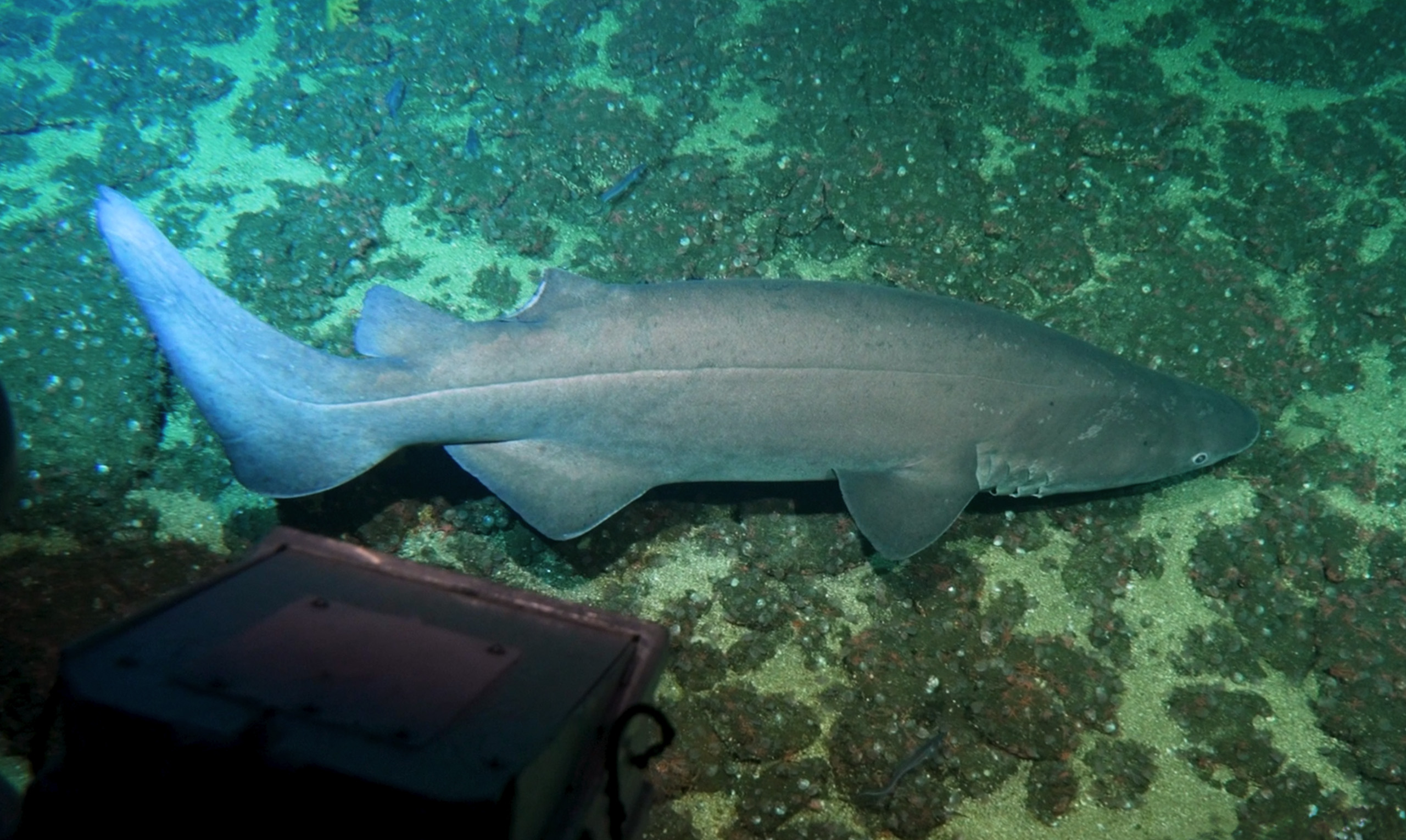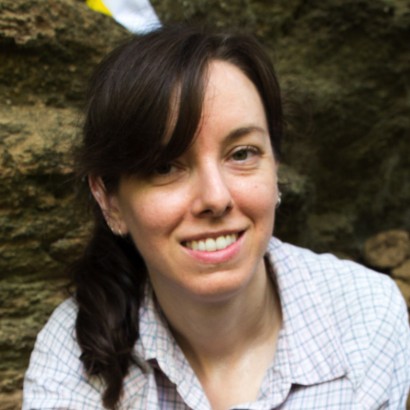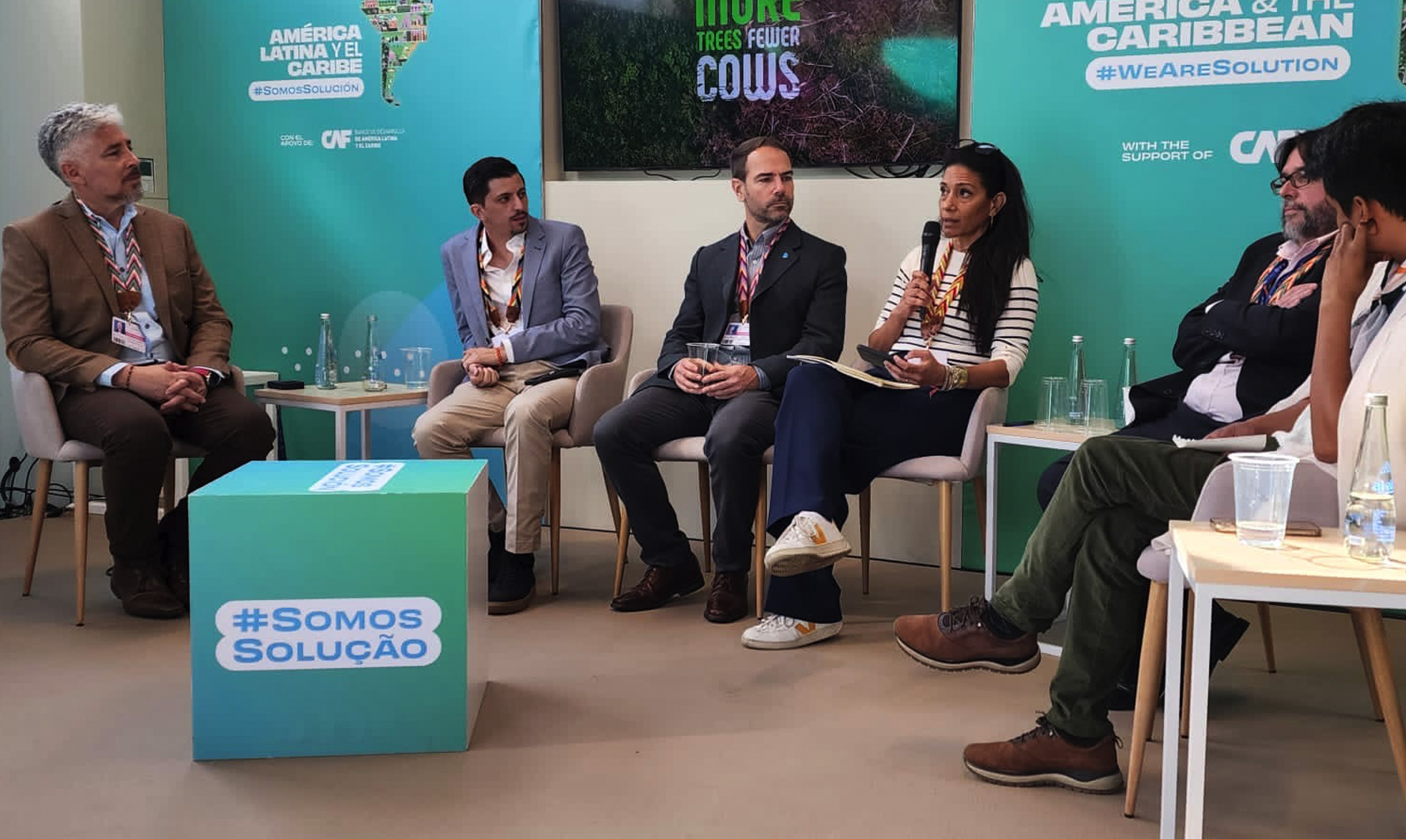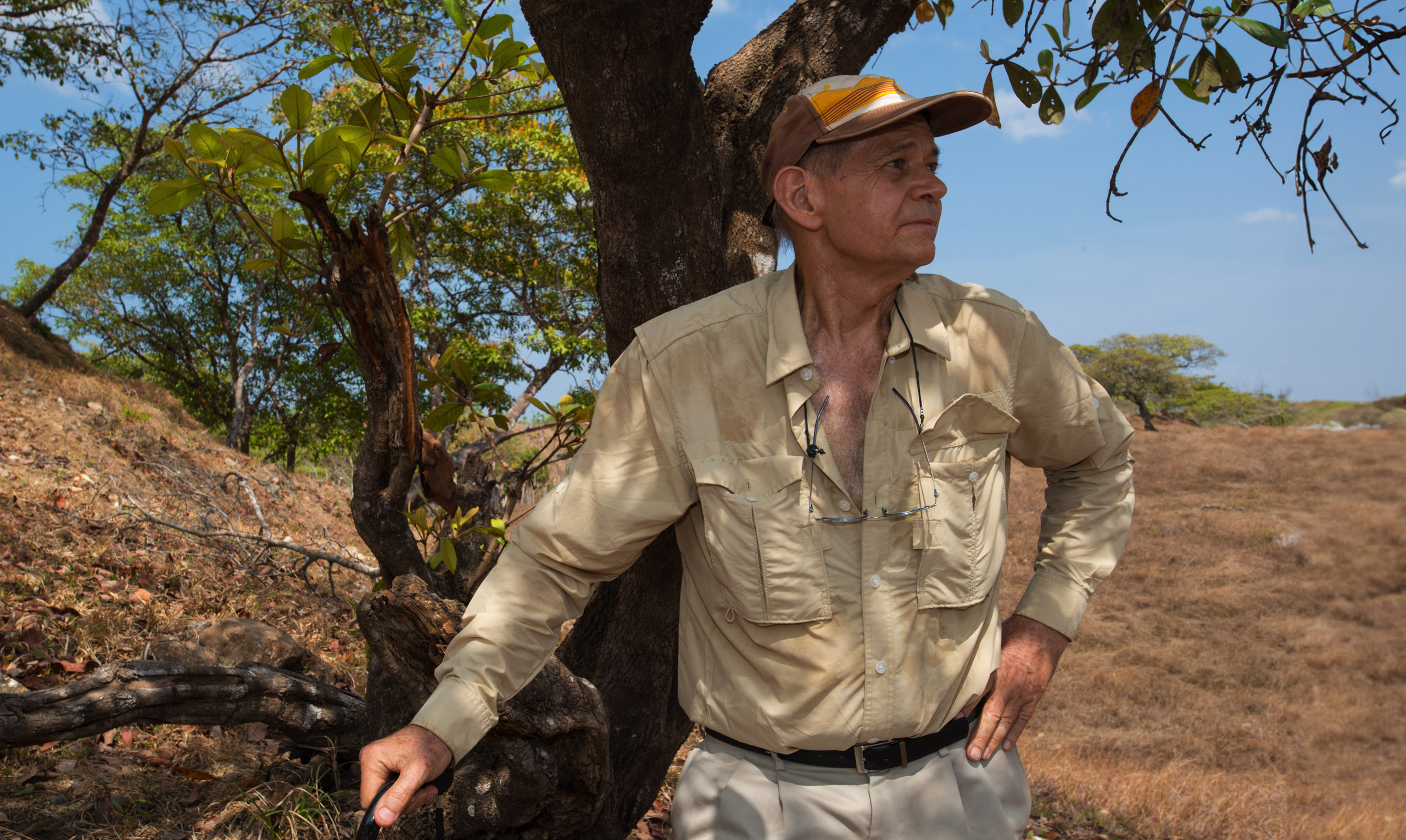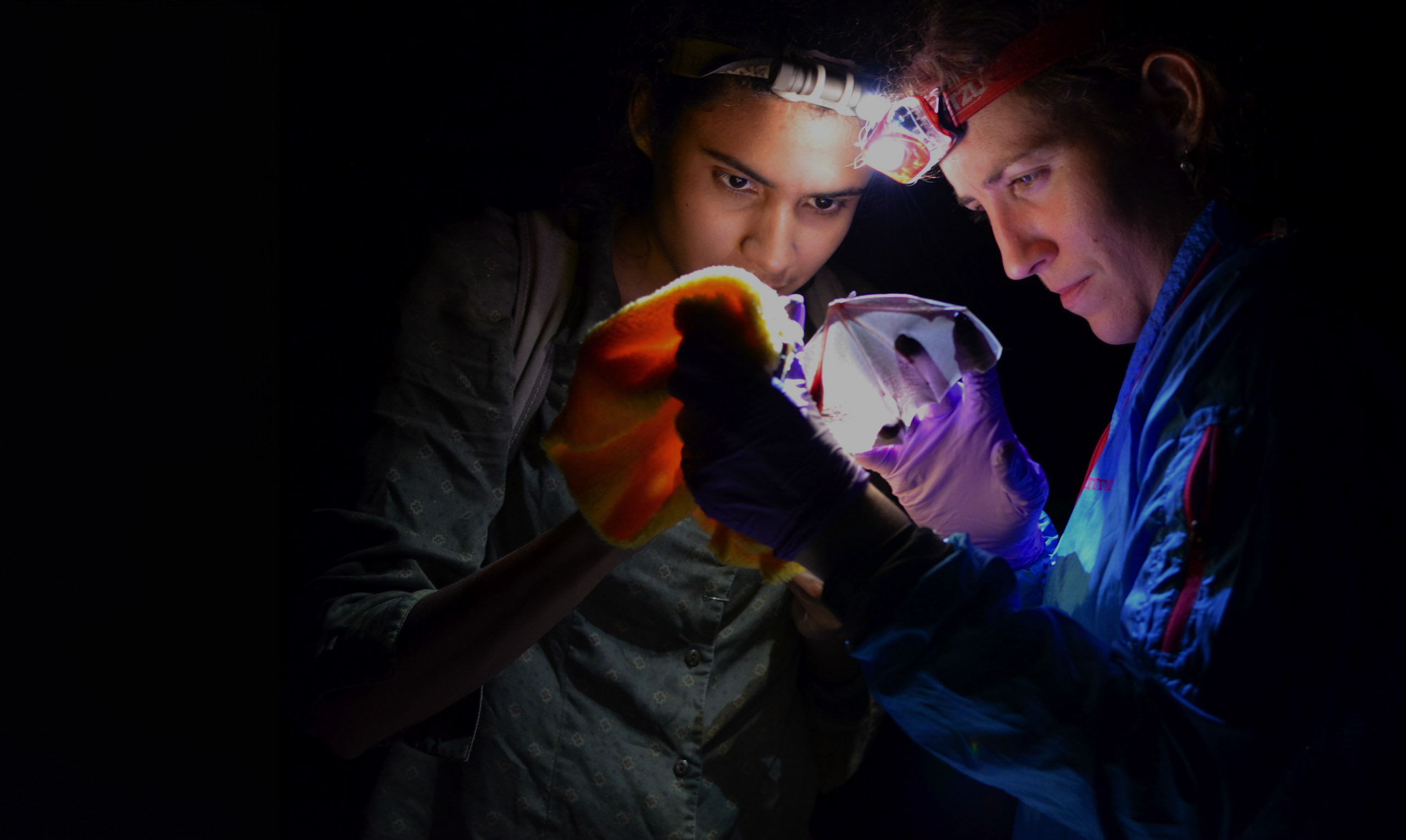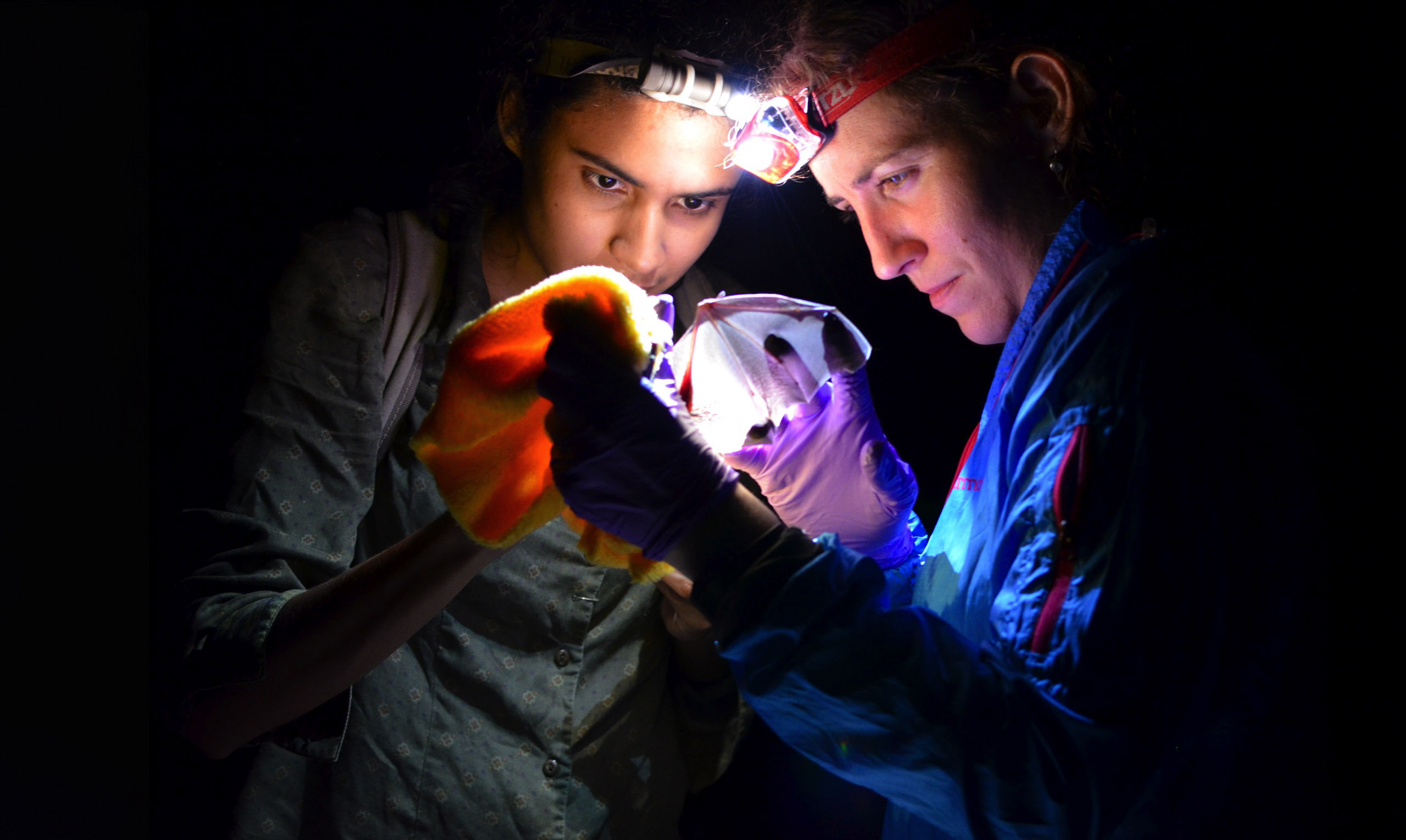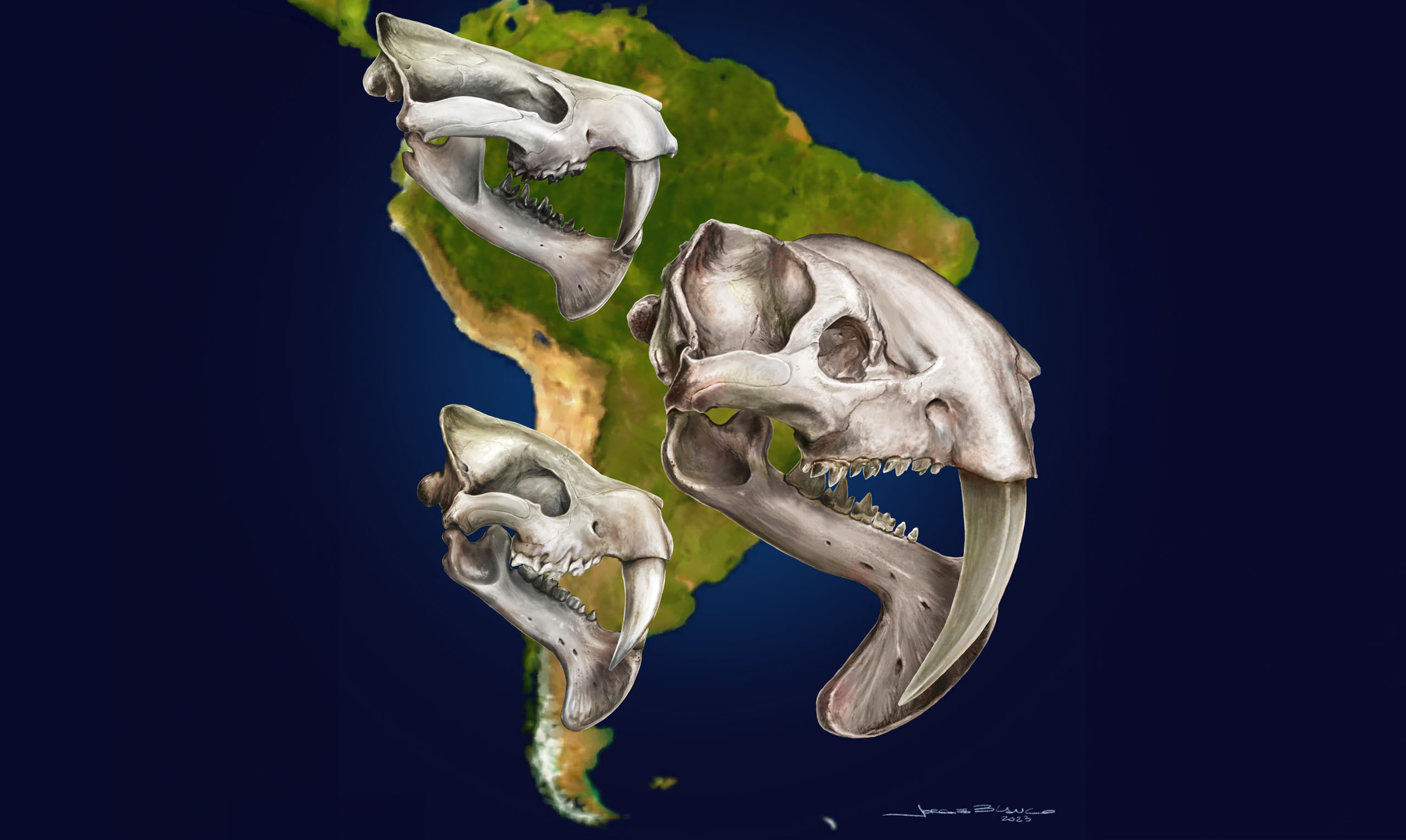The human body is shaped and modified, not only by our genes, but also by the environment and cultural contexts in which we live. My research seeks to understand lifeways of human populations that adapted to, interacted with, and impacted marine and terrestrial ecological systems in the Isthmo-Colombian Area for thousands of years through their embodied biocultural diversity.
B.A., University of North Carolina at Chapel Hill, 2008
M.A., Louisiana State University, 2010
Ph.D., University of Arkansas, 2015
Sánchez Aguilarte VV, Rivera Sandoval J, Smith-Guzmán NE. 2023. Utilizando la exostosis del oído externo para rastrear cambios temporales en actividades acuáticas humanas en Panamá precolombino. Chúngara: Revista de Antropología Chilena.
Isaza-Aizpurúa II, Jiménez-Acosta M, Smith-Guzmán NE, Sharpe A, Martín JG, Cooke RG. Precolumbian lifeways at three estuarine and two platform island sites in Pacific Panama. 2023. In: Dolores Elkin and Christophe Delaere, editors. Underwater and Coastal Archaeology in Latin America. Gainesville, FL: University Press of Florida.
Smith-Guzmán NE. 2022. A paleoepidemiological approach to the challenging differential diagnosis of an isolated 1500-year-old anomalous molar from Panamá. International Journal of Paleopathology 39:1–13. DOI: 10.1016/j.ijpp.2022.07.002
Smith-Guzmán NE, Sánchez Herrera LA, Bray WM, Cooke RG, Redwood S, Díaz C, Jimenez Acosta M, Ranere A. 2021. Resurrecting Playa Venado, a Precolumbian site in central Panama. In: McEwan C, Hoopes J, editors. Pre-Columbian Art from Central America and Colombia at Dumbarton Oaks. Pre-Columbian Art at Dumbarton Oaks, no. 5. Washington, D.C.: Dumbarton Oaks. Pp. 279–329.
Smith-Guzmán NE, Sánchez Herrera LA, Cooke RG. 2021. Patterns of disease and culture in ancient Panama: A bioarchaeological analysis of the early graves at Cerro Juan Díaz. Bioarchaeology International 5:78–95.
Sharpe AE, Smith-Guzmán NE, Curtis J, Isaza-Aizpurúa I, Kamenov GD, Wake TA, Cooke RG. 2021. A preliminary multi-isotope assessment of human mobility and diet in pre-Columbian Panama. Journal of Archaeological Science: Reports 36:102876.
Smith-Guzmán NE. 2021. An isthmus of isolation: The likely elevated prevalence of genetic disease in ancient Panama and implications for considering rare diseases in paleopathology. International Journal of Paleopathology 33:1–12.
Smith-Guzmán NE, Rivera-Sandoval J, Knipper C, Sánchez Arias, GA. 2020. Intentional dental modification in Panamá: New support for a late introduction of African origin. Journal of Anthropological Archaeology 60:101226.
Smith-Guzmán NE, Cooke RG. 2019. Cold-water diving in the tropics? External auditory exostoses among the Pre-Columbian inhabitants of Panama. American Journal of Physical Anthropology. 168:448–458.
Smith-Guzmán NE, Cooke RG. 2018. Interpersonal violence at Playa Venado (550-850 AD), Panama: A re-evaluation of the evidence. Latin American Antiquity 29:718–735.
Smith-Guzmán NE, Toretsky J, Tsai J, Cooke RG. 2018. A probable primary malignant bone tumor in a pre-Columbian human humerus from Cerro Brujo, Bocas del Toro, Panamá. International Journal of Paleopathology 21:138–146.
Smith-Guzmán NE, Rose JC, Kuckens K. 2016. Beyond the differential diagnosis: New approaches to the bioarchaeology of the Hittite Plague. In: Zuckerman MK, Martin DL, editors. New Directions in Biocultural Anthropology. Hoboken, NJ: Wiley-Blackwell.
Smith-Guzmán NE. 2015. The skeletal manifestation of malaria: An epidemiological approach using documented skeletal collections. American Journal of Physical Anthropology 158:624–635.
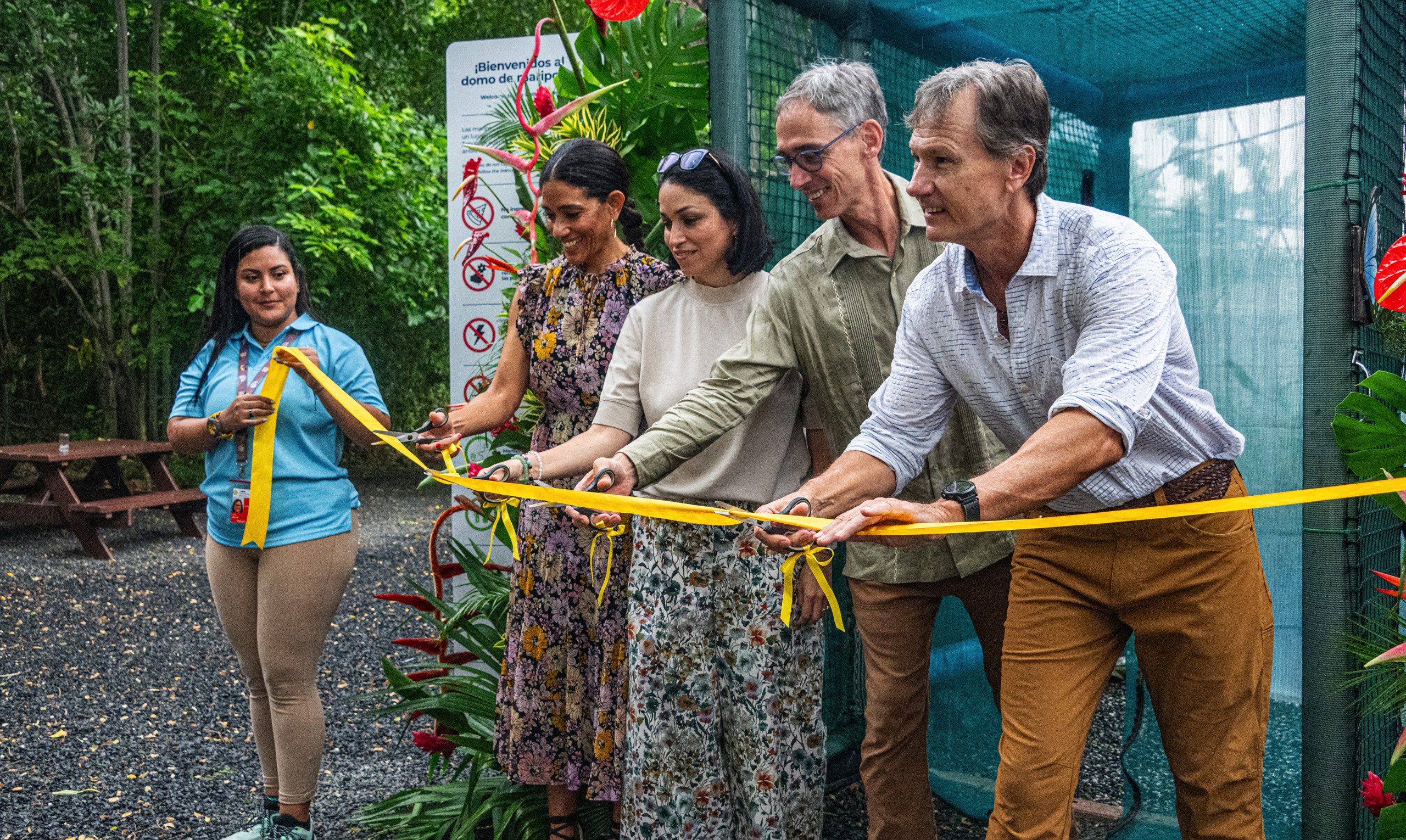 smithsonian-cyan
smithsonian-cyan






